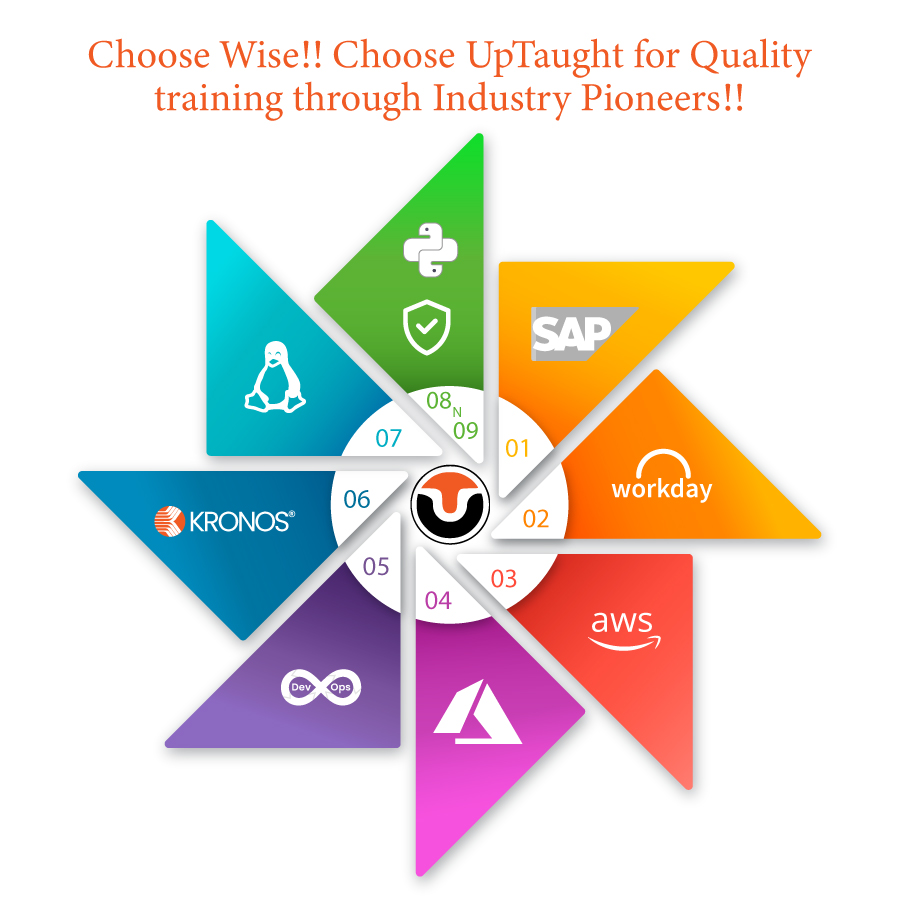In today’s fast-paced business environment, understanding how enterprise resource planning (ERP) systems function is crucial for organizations looking to streamline their operations. A common question among professionals is, how does SAP work? SAP, which stands for Systems, Applications, and Products in Data Processing, is a powerful ERP software that integrates various business processes into a single system. This blog post will explore how SAP works, its key components, and the benefits it offers to organizations aiming for efficiency and effectiveness.
Table of Contents
Understanding How Does SAP Work?
What does it mean to understand how SAP works? To answer this question, we need to delve into the context of SAP as an ERP solution and its significance in modern business operations. Founded in 1972 in Germany, SAP has grown into one of the largest software companies globally, providing solutions that help businesses manage their operations seamlessly.
The Importance of Understanding How SAP Works
- Comprehensive Integration: One of the primary reasons organizations choose SAP is its ability to integrate various business functions such as finance, human resources, supply chain management, and customer relationship management. This integration allows for seamless data flow across departments.
- Real-Time Data Processing: SAP enables real-time data processing, which means that businesses can make informed decisions quickly based on current information. This capability is crucial for maintaining a competitive edge.
- Scalability: As organizations grow, their technology needs evolve. SAP offers scalable solutions that can adapt to changing requirements without significant disruptions.
- Industry-Specific Solutions: SAP provides tailored solutions for various industries, ensuring that businesses receive relevant tools designed for their specific challenges.
- Enhanced Reporting and Analytics: With robust reporting tools built into the system, organizations can generate insights that drive strategic decision-making and improve operational efficiency.
Given these factors, understanding how SAP works is essential for any professional looking to leverage this powerful tool effectively.
Key Components of How SAP Works
When exploring how does SAP work, it’s essential to understand its core components and functionalities:
1. Modules within SAP
SAP consists of various modules that cater to different business functions:
- SAP FI (Financial Accounting): Manages financial transactions and reporting.
- SAP CO (Controlling): Focuses on internal cost management.
- SAP MM (Materials Management): Manages inventory and procurement processes.
- SAP SD (Sales and Distribution): Handles sales order processing and customer distribution.
- SAP HCM (Human Capital Management): Manages employee data and HR processes.
2. User Interface
SAP has evolved over the years to provide a more user-friendly interface with the introduction of Fiori. This design enhances user experience by making navigation intuitive and tasks easier to perform.
3. Cloud Solutions
With the rise of cloud computing, SAP has adapted by offering cloud-based solutions such as SAP S/4HANA Cloud. This flexibility allows businesses to leverage powerful ERP capabilities without heavy upfront investments in infrastructure.
4. Data Management
Data management is at the core of how SAP operates:
- Centralized Database: All data within the organization is stored in a centralized database, ensuring consistency and accuracy.
- Data Security: SAP implements robust security measures to protect sensitive information from unauthorized access.
Unique Value Proposition of SAP
The unique value proposition of SAP lies in its ability to integrate all aspects of a business into a single platform while providing real-time insights that drive informed decision-making.
Real-World Results from Businesses Using SAP
Many organizations have successfully implemented SAP solutions with measurable outcomes:
- Example A: A manufacturing company reported a 25% reduction in production costs after integrating its supply chain processes through SAP.
- Example B: A retail organization improved its inventory turnover rate by 30% after implementing SAP MM for better inventory management.
- Example C: A financial services firm integrated their CRM with SAP using pre-built connectors, resulting in a 25% improvement in cross-departmental collaboration and reporting speed.
These success stories illustrate how effective use of SAP can lead to significant improvements in business performance.
Who Will Benefit from Understanding How SAP Works?
Understanding how does SAP work can benefit various stakeholders within an organization:
- Business Leaders: Executives seeking to improve operational efficiency will find valuable insights into how integrated systems can streamline processes.
- IT Professionals: Individuals involved in system implementation or maintenance will gain essential knowledge about the functionalities of SAP.
- Finance Teams: Professionals managing financial operations will benefit from understanding how modules like FI can enhance reporting accuracy and compliance.
Industries such as healthcare, finance, technology, and retail stand to gain significantly from employing certified professionals who are well-versed in using SAP effectively. By investing time in understanding this powerful tool, organizations can expect improved operational efficiency and enhanced strategic planning capabilities.
Take Action Today!
Are you ready to deepen your understanding of how does SAP work? Start your journey toward mastering this essential tool today! For a limited time only, sign up for our comprehensive training courses on SAP functionalities and enjoy a 20% discount on your first enrollment! Equip yourself with the tools you need to thrive in today’s competitive landscape—take advantage of this exclusive offer while it lasts!Investing in your education not only enhances your skill set but also empowers you to achieve greater efficiency and effectiveness within your organization. Transform your career today!




